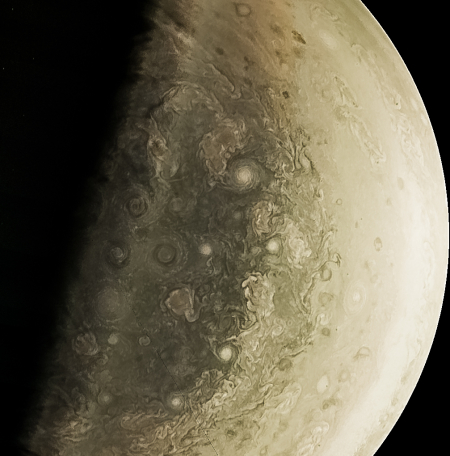China’s smallsat rocket scheduled for first launch in December
The competition heats up: Even as they prepare for the first launch of their largest rocket tomorrow, China today also announced that the first test launch of its low cost smallsat rocket, Kuaizhou-1, as now been scheduled for December.
Kuaizhou (speedy vessel) is a low-cost solid-fuelled carrier rocket with high reliability and short preparation period. It was designed to launch low-orbit satellites weighing under 300 kg. The rocket is launched via a mobile launch vehicle and will primarily launch satellites to monitor natural disasters and provide disaster-relief information.
Though this is obviously being touted as a competitor in the new smallsat launch industry, the military advantages of this kind of ballistic missile cannot be ignored. Essentially what China has here is an ICBM that can be launched from a moving vehicle, which means tracking it will be very difficult.
The competition heats up: Even as they prepare for the first launch of their largest rocket tomorrow, China today also announced that the first test launch of its low cost smallsat rocket, Kuaizhou-1, as now been scheduled for December.
Kuaizhou (speedy vessel) is a low-cost solid-fuelled carrier rocket with high reliability and short preparation period. It was designed to launch low-orbit satellites weighing under 300 kg. The rocket is launched via a mobile launch vehicle and will primarily launch satellites to monitor natural disasters and provide disaster-relief information.
Though this is obviously being touted as a competitor in the new smallsat launch industry, the military advantages of this kind of ballistic missile cannot be ignored. Essentially what China has here is an ICBM that can be launched from a moving vehicle, which means tracking it will be very difficult.





